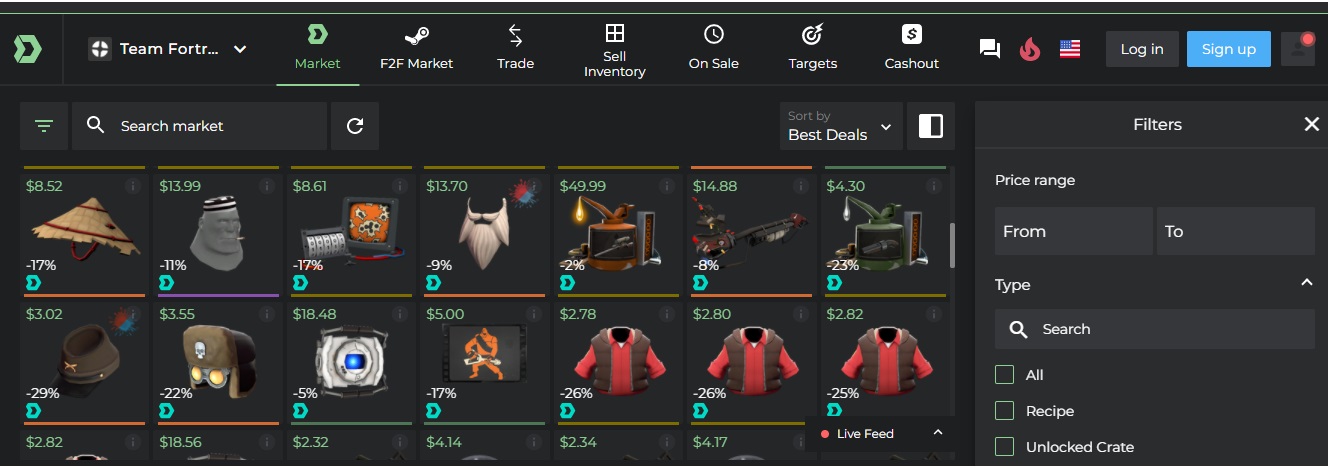

Horse meat has a slightly sweet taste reminiscent of beef. A 2007 Time magazine article about horse meat brought to the United States from Canada described the meat as "a sweet, rich, superlean, oddly soft meat, and closer to beef than to venison." Nutrition Likewise, in other places and times of siege or starvation, horses are viewed as a food source of last resort.ĭespite the general Anglophone taboo, horse and donkey meat was eaten in Britain, especially in Yorkshire, until the 1930s, and, in times of postwar food shortages, surged in popularity in the United States and was considered for use as hospital food. Many Parisians gained a taste for horse meat during the siege, and after the war ended, horse meat remained popular. Not even champion racehorses were spared (two horses presented to Napoleon III of France by Alexander II of Russia were slaughtered), but the meat became scarce. Though large numbers of horses were in Paris (estimates suggested between 65,000 and 70,000 were butchered and eaten during the siege), the supply was ultimately limited. ĭuring the siege of Paris, horse meat, along with the meat of donkeys and mules, was eaten by anyone who could afford it, partly because of a shortage of fresh meat in the blockaded city, and also because horses were eating grain that was needed by the human populace. The high cost of living in Paris prevented many working-class citizens from buying meat such as pork or beef in 1866, the French government legalized the eating of horse meat, and the first butcher's shop specializing in horse meat opened in eastern Paris, providing quality meat at lower prices. Horse meat gained widespread acceptance in French cuisine during the later years of the Second French Empire. Hunger during World War II led to horses being eaten. At Aspern-Essling (1809), cut off from the supply lines, the cavalry used the breastplates of fallen cuirassiers as cooking pans and gunpowder as seasoning, thus founding a practice that carried on until at least the Waterloo campaign. At the battle of Eylau in 1807, Larrey served horse as soup and as bœuf à la mode. At the siege of Alexandria, the meat of young Arab horses relieved an epidemic of scurvy. During the Napoleonic campaigns, the surgeon-in-chief of Napoleon's Grand Army, Baron Dominique-Jean Larrey, advised the starving troops to eat the meat of horses. The horses formerly maintained by the aristocracy as a sign of prestige ended up being used to alleviate the hunger of the masses. With the fall of the aristocracy, its auxiliaries had to find new means of subsistence. The meat was, and still is, preserved by being sun-dried in the high Andes into a product known as charqui.įrance dates its taste for horse meat to the Revolution.

Initially, early humans hunted horses as they did other games later, they began to raise them for meat, milk and transport. Some horses became feral, and began to be hunted by the indigenous Pehuenche people of what is now Chile and Argentina. In the 15th and 16th centuries, Spaniards, followed by other European settlers, reintroduced horses to the Americas. The now-extinct Hagerman horse of Idaho, about the size of a modern-day large pony, is one example of an indigenous New World horse species. The earliest horses evolved on the North American continent, and by about 12,000 BC, they had migrated to other parts of the world, becoming extinct in the Americas. Horse meat was also eaten as part of Germanic pagan religious ceremonies in Northern Europe. In many parts of Europe, the consumption of horse meat continued throughout the Middle Ages until modern times, despite a papal ban on horse meat in 732. History ĭuring the Paleolithic, wild horses formed an important source of food for humans. For the majority of humanity's early existence, wild horses were hunted as a source of protein. The eight countries that consume the most horse meat consume about 4.3 million horses a year. Horse meat forms a significant part of the culinary traditions of many countries, particularly in Eurasia. Paardenrookvlees ( Dutch-style smoked and salted horse meat) on bread


 0 kommentar(er)
0 kommentar(er)
